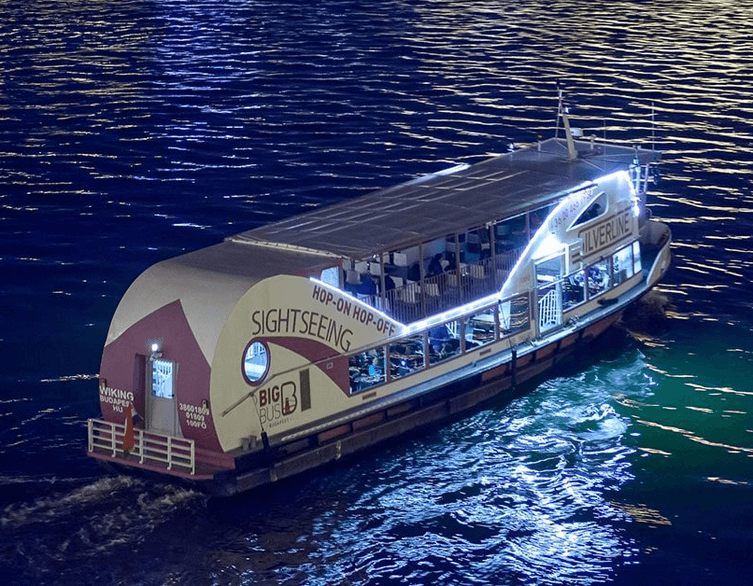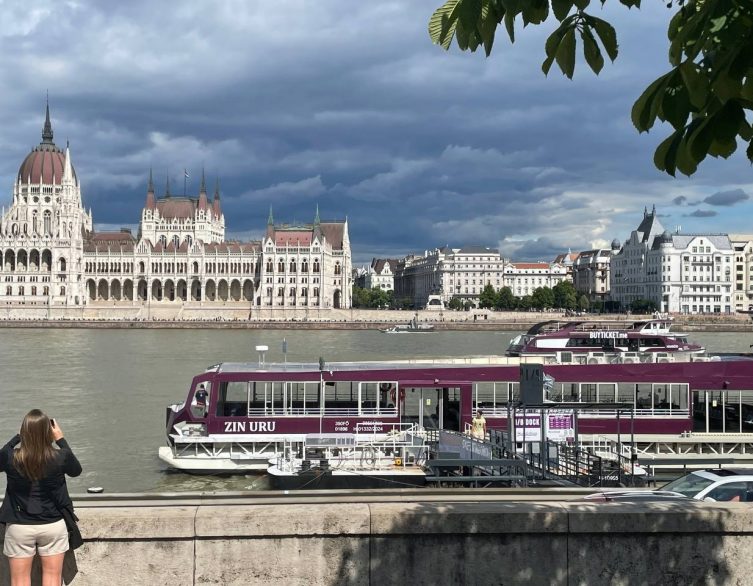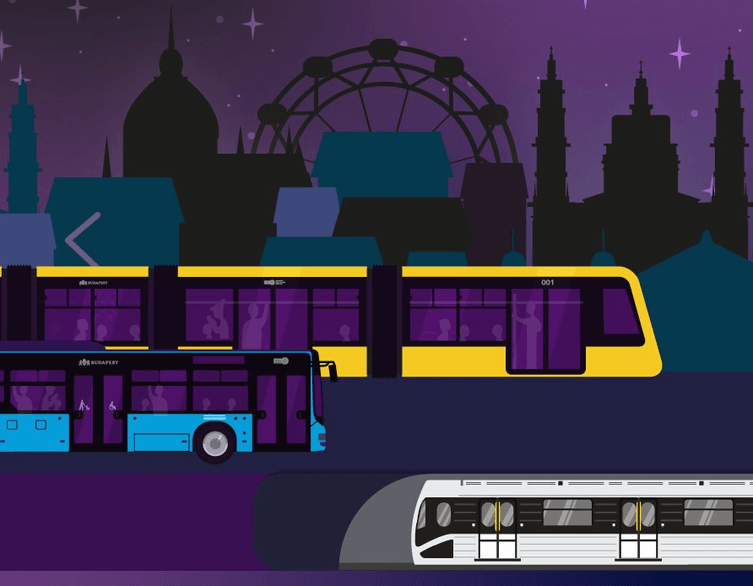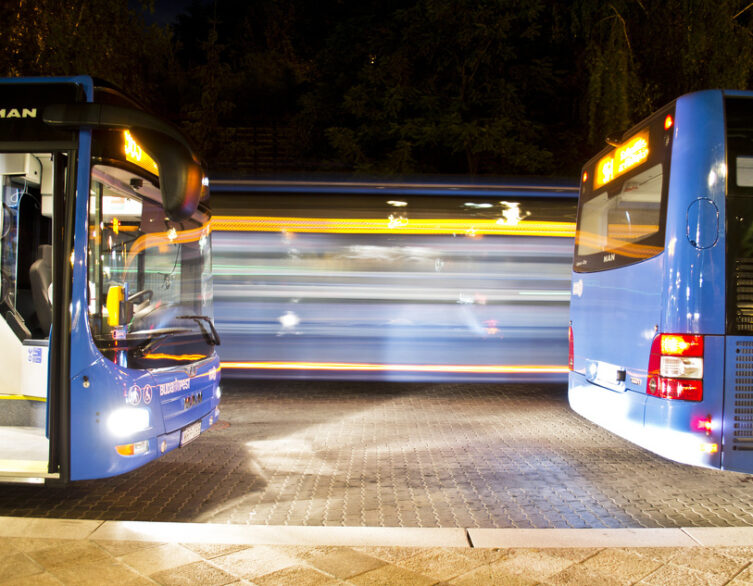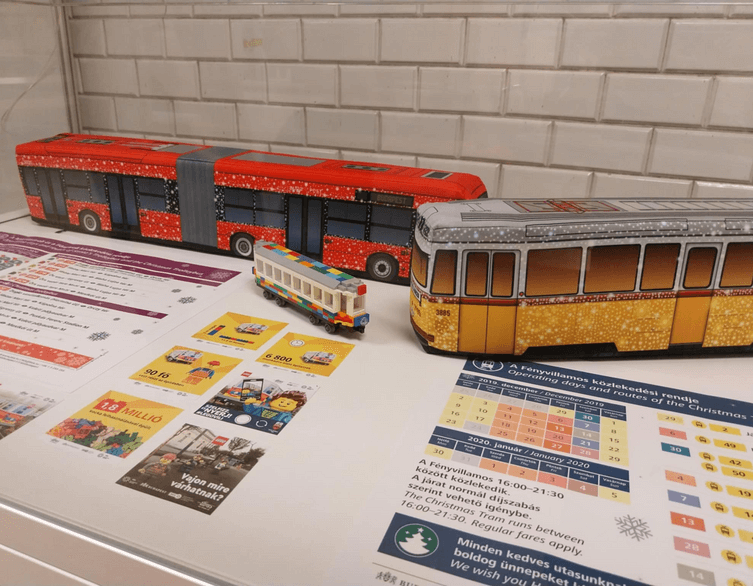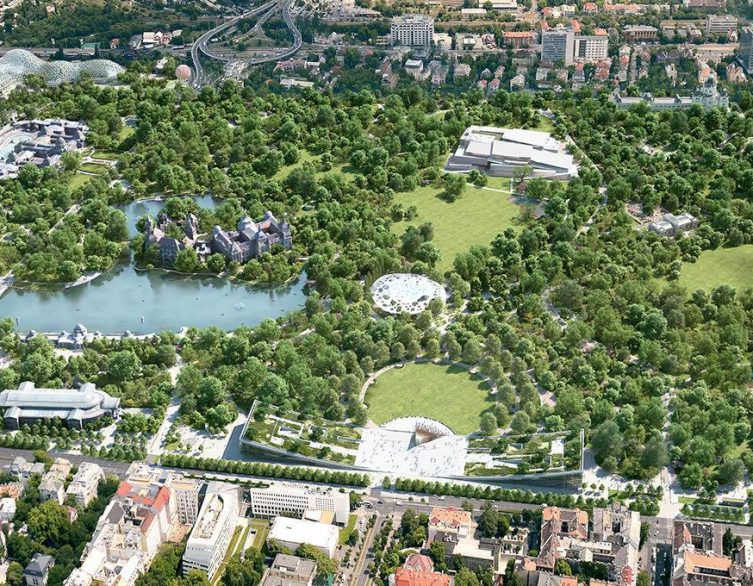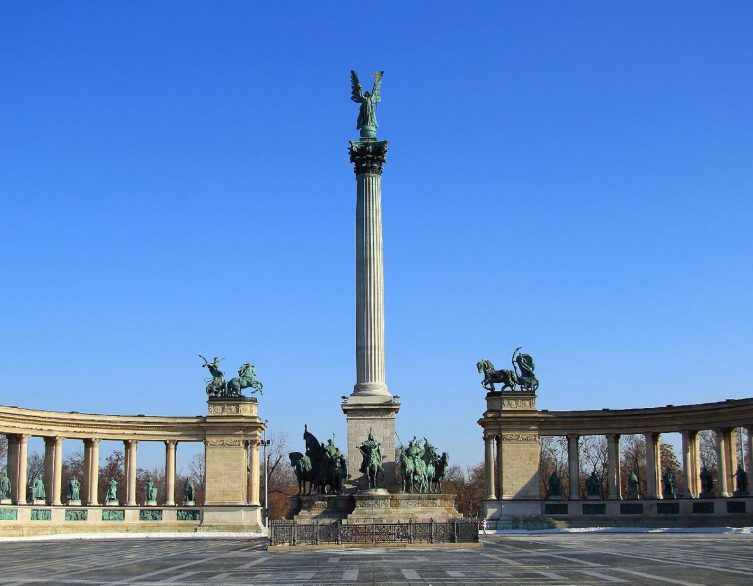Budapest’s Iconic Metro Line Reimagined: A New Era for the Millennium Underground
Budapest stands on the brink of a revolutionary transformation, and at the heart of this evolution is the legendary M1 Metro—the Millennium Underground Railway. As you stroll along elegant Andrássy Avenue or descend into the iconic yellow carriages, you’re not just hopping on any metro. You’re riding the very first underground railway in continental Europe, carrying over a century’s worth of history beneath the city’s bustling streets.
Time for Renewal: Why the M1 Metro Matters
Since its grand opening in 1896, the Millennium Underground has symbolized Budapest’s creative spirit and innovation. While thoughtful upgrades through the decades have preserved much of its charm, time has inevitably left its mark. The vintage trains, delicate station décor, and classic platform covers hint at another era, but also highlight the urgent need for modern comfort and access. Today’s travelers—locals and visitors alike—look for smooth transfers between metro lines, trams, and national rail, accessible stations, and fast, eco-friendly journeys across the city. Recognizing these changing needs, Budapest has set ambitious plans to bring the M1 into a bold new age.
A Vision in Three Phases: How Budapest Plans to Renew Its Metro Gem
The upcoming modernization and extension of the M1 Metro is nothing short of historic. The first phase will focus on reviving the entire 4.4-kilometer stretch of the current line. You can expect brighter, safer stations, brand-new trains, and much-improved accessibility—think ramps, elevators, and welcoming spaces for every traveler, all while protecting the railway’s beloved architectural details.
Next, the city sets its sights outward. Planners are carefully developing extensions, looking to connect previously underserved neighborhoods such as Alsórákos and integrating key transfer hubs like the Hungária Boulevard tram lines and the city’s important railway stations. This means easier, more efficient journeys for everyone—whether you’re catching a flight, commuting from the city’s edges, or setting off on a day of urban exploration.
Finally, every choice and plan is shaped with Budapest’s historic soul in mind. The design teams must expertly blend the metro’s unique turn-of-the-century atmosphere—classic stonework, ornamental motifs, and vintage platform covers—with world-class technology and the very latest in urban transportation standards.
Best deals of Budapest
Future-Proofing Urban Travel: Green Planning and Seamless Access
A forward-looking city values not just efficiency, but sustainability. The M1 project is committed to supporting Budapest’s green vision: improving nearby green spaces, developing new cycle and pedestrian corridors (especially between Városliget and Zugló), and reducing urban air pollution. As the line extends outward, new park-and-ride facilities are also under consideration, offering travelers a smooth transition from car or bike to metro—making a day out in the city even more hassle-free.
A City-Wide Conversation: Shaping the Metro Together
Budapest’s approach to this project is refreshingly open. Before the first beam is raised or brick laid, the city’s transport authority, BKK, and the Budapest Development Center are holding public consultations. This gives businesses, residents, and future passengers a direct voice in how the new metro takes shape—from station accessibility to environmental impact. These early dialogues ensure that the renewed M1 will not just serve Budapest, but will be shaped by Budapest.
What’s Next? Timeline and Transformation
Budapest’s visionary refresh of the M1 is set to unfold in stages, with detailed planning and permitting scheduled to wrap up in 2025. Construction and further renovation are expected to flow through to 2030, powered by a blend of European Union and local investment. While the process is complex, the destination is clear: a metro line that connects more neighborhoods, welcomes every traveler, and honors its place as a living, breathing landmark at the heart of the city.
The Promise of a Renewed Legend
For anyone traveling to Budapest, the Millennium Underground is more than a convenient way to get around; it’s both a historic attraction and a symbol of the city’s ability to reinvent itself. With this historic renewal, the M1 is set to become not just an icon of Budapest’s past, but a shining example of how the city is boldly stepping into the future—ready to welcome new generations of explorers, commuters, and dreamers.
So whether you’re riding to Heroes’ Square, exploring City Park, or simply looking for the charm of old Budapest, keep an eye on the little yellow line beneath your feet. Great things are on the horizon for Europe’s first underground—right here, in the heart of Budapest.














